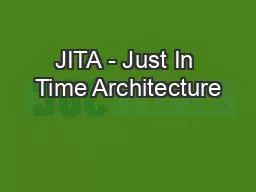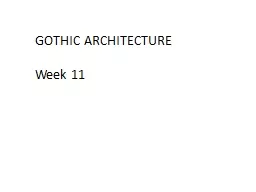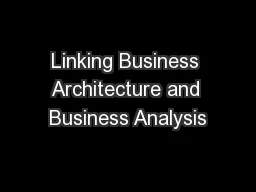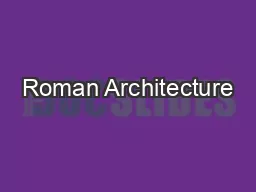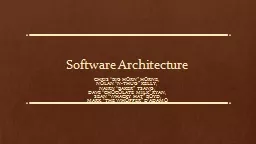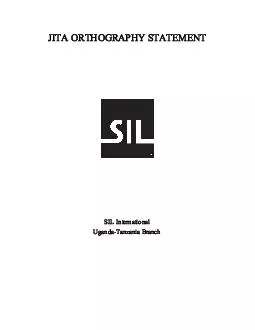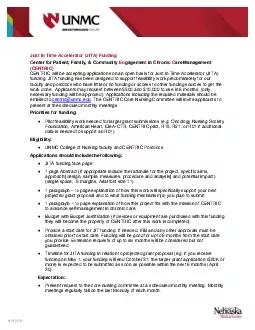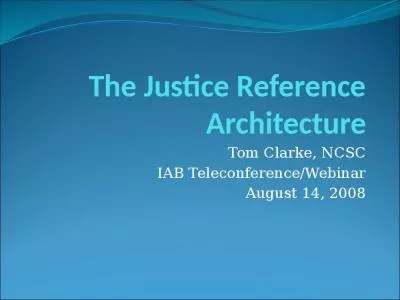PPT-JITA - Just In Time Architecture
Author : jubilantbikers | Published Date : 2020-06-29
A Bushido Approach June 2018 EQE Team What We A re G oing T o Do T oday See A nother PPT Architecture what is it How do we see it at Wells Fargo Laws and pillars
Presentation Embed Code
Download Presentation
Download Presentation The PPT/PDF document "JITA - Just In Time Architecture" is the property of its rightful owner. Permission is granted to download and print the materials on this website for personal, non-commercial use only, and to display it on your personal computer provided you do not modify the materials and that you retain all copyright notices contained in the materials. By downloading content from our website, you accept the terms of this agreement.
JITA - Just In Time Architecture: Transcript
Download Rules Of Document
"JITA - Just In Time Architecture"The content belongs to its owner. You may download and print it for personal use, without modification, and keep all copyright notices. By downloading, you agree to these terms.
Related Documents

